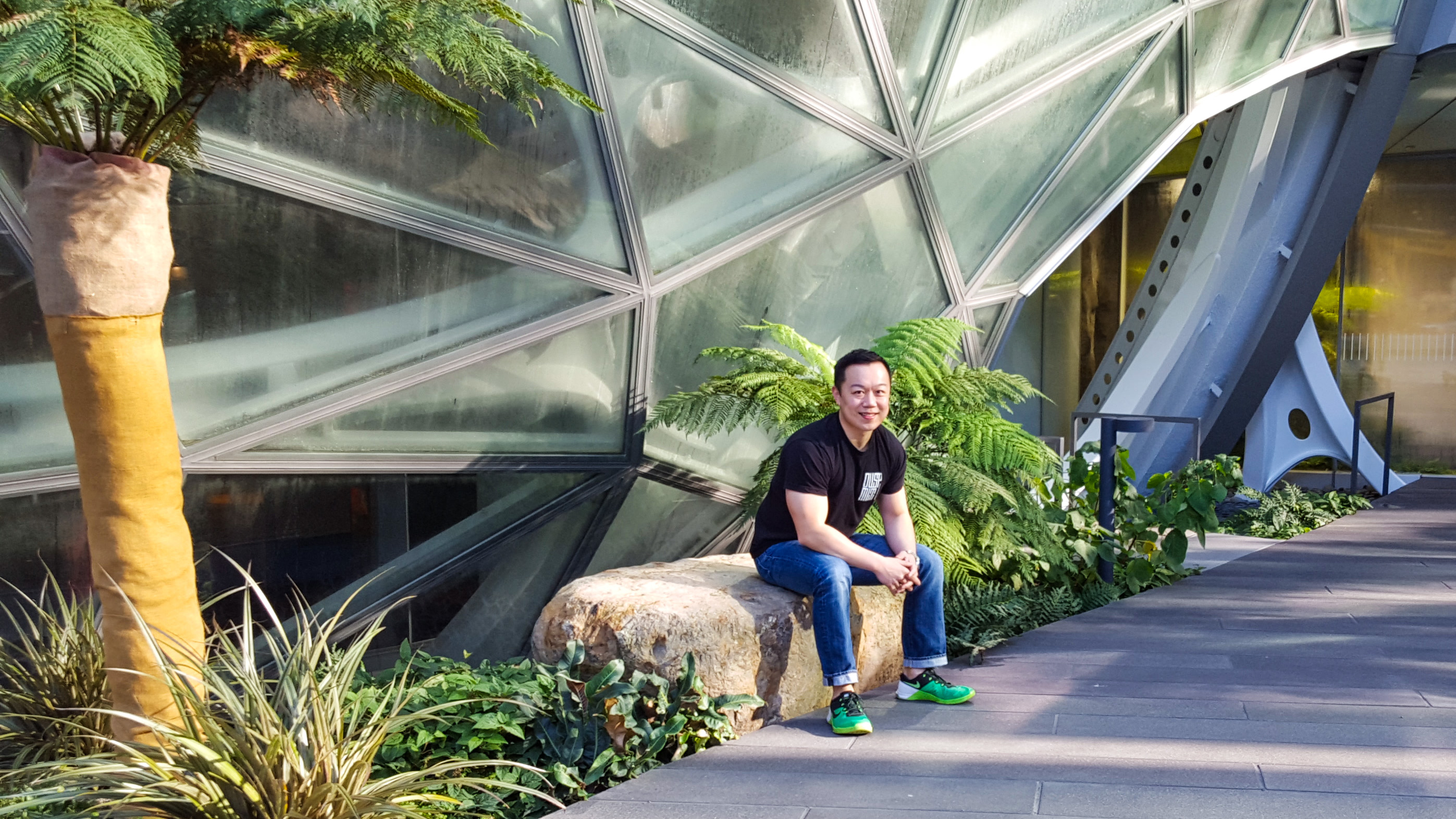Turning the nation’s capital into the next Kendall Square
Jeff Jamawat, MCP ’19, SM ’19

Washington, DC, is dominated by the federal government and tourism, but Jeff Jamawat, MCP ’19, SM ’19, thinks that’s no longer enough. “We want people to also recognize DC as a tech hub,” says Jamawat, associate director of economic development and innovation at the Golden Triangle Business Improvement District. The nonprofit is launching an innovation district centered along Pennsylvania Avenue near the White House and George Washington University. “This would diversify the city’s workforce with tech talent and help DC remain competitive,” he says.
Born in Los Angeles, Jamawat grew up in Bangkok, Thailand. “Some kids liked sports or music. For me it has always been about the buildings,” he says. “The space between them, and how they touch the sky.”
Following college, Jamawat moved to DC for a fellowship with the US Environmental Protection Agency’s smart growth program. He then took a job with the Mayors’ Institute on City Design at the US Conference of Mayors. “It was a privilege to work with mayors from interior Alaska to coastal Florida, on projects ranging from relocating a train station to transforming a waterfront,” says Jamawat.
Four years into that job, Jamawat decided he needed skills that could only be found at MIT. “I recognized how the outcomes of many urban design projects were tied to real estate development,” he says. “But in most schools, the real estate program is taught at the business or public policy school. I wanted a program where real estate was part of the built environment and physical planning with the design DNA.” En route to dual master’s degrees in real estate development and city planning, he wrote a thesis exploring the hypothetical adaptive-reuse scenario for Amazon’s corporate headquarters in downtown Seattle.
Amazon continues to play a role in Jamawat’s current job; the company’s second US campus lies just across the river from DC, providing a friendly competition for the talent he’d like the innovation district to attract.
“We’re framing this project as a third leg of the DC economy,” he says. “All the elements to create another Kendall Square are here: talent pool, transit access, partnerships with the city, and a committed university partner. The physical infrastructure already exists; we just need to adapt them for tech-related uses. We’re only at the beginning of this process, and I’m a small piece in a much larger puzzle. This job has just about everything I was hoping to find after MIT.”
Keep Reading
Most Popular
Large language models can do jaw-dropping things. But nobody knows exactly why.
And that's a problem. Figuring it out is one of the biggest scientific puzzles of our time and a crucial step towards controlling more powerful future models.
How scientists traced a mysterious covid case back to six toilets
When wastewater surveillance turns into a hunt for a single infected individual, the ethics get tricky.
The problem with plug-in hybrids? Their drivers.
Plug-in hybrids are often sold as a transition to EVs, but new data from Europe shows we’re still underestimating the emissions they produce.
Stay connected
Get the latest updates from
MIT Technology Review
Discover special offers, top stories, upcoming events, and more.